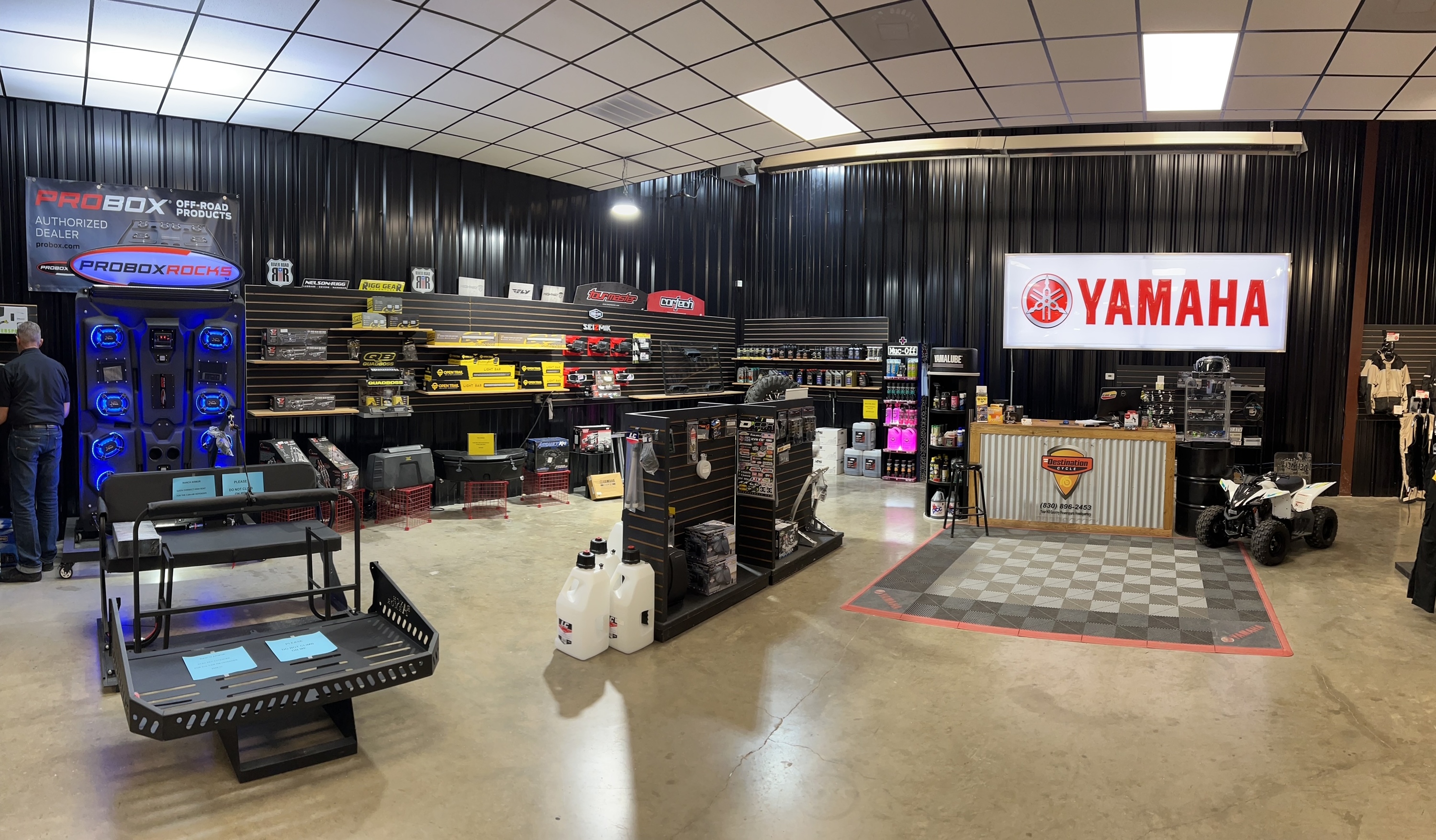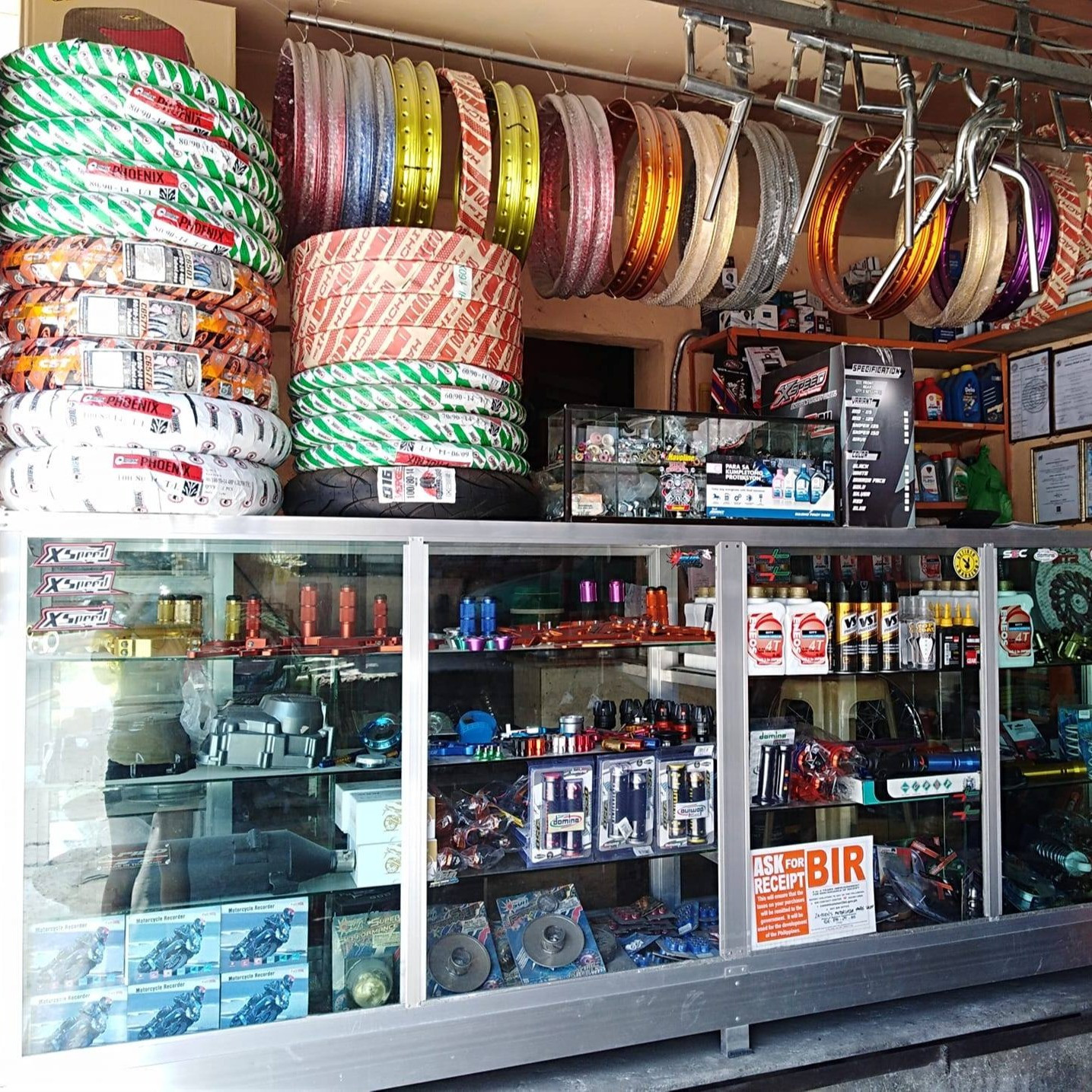Grasping Motorbike Gears: How to Enhance Your Riding Experience
In the world of motorcycling, mastering the art of equipment adjustment is essential for enhancing your riding performance. Properly comprehending and utilizing bike equipments can considerably influence control, acceleration, and gas efficiency, transforming an average experience into a seamless, exciting trip. By incorporating precise change timing and adapting equipment option to different road problems, cyclists can guarantee optimum engine performance and safety. The subtleties of clutch control, throttle coordination, and equipment mechanics bid a deeper expedition, promising to open the full possibility of your maker. How can these strategies be utilized to genuinely enhance your riding experience?
Understanding Gear Mechanics
Just how do the details of gear mechanics influence motorcycle performance? At the core of motorbike dynamics, gear mechanics play a crucial duty in converting engine power into motion, ultimately determining rate and control. Gears, thoroughly crafted elements, allow cyclists to optimize torque and speed, ensuring a smooth transition via various surfaces and rates. The gear ratios, thoroughly developed, identify the relationship between engine revolutions and wheel turns, impacting velocity and gas effectiveness.
Understanding equipment auto mechanics begins with recognizing the value of the transmission, which houses several gears of differing sizes. These equipments communicate through a process referred to as meshing, where teeth of various equipments involve to transmit power. The accuracy of this interaction is important; any imbalance or damages can cause inefficient power transfer, preventing performance. Additionally, the plan and dimension of gears affect the motorcycle's capability to take care of various tons and speeds.
Moreover, the idea of equipment shifting is important to taking full advantage of efficiency. Timely and smooth changes ensure that the engine runs within its optimal power band, preventing unnecessary stress and boosting longevity (motorcycle shop). By comprehending these mechanical intricacies, bikers can attain an unified blend of efficiency, power, and control, raising their riding experience
Timing Your Changes
Shift timing mastery is important for enhancing motorbike performance and improving the riding experience. Correctly timed shifts ensure that the engine operates within its optimum power band, which is critical for keeping control, attaining smooth velocity, and making certain the durability of the motorbike. Riders must develop an intuitive sense of when to move gears, which involves understanding the relationship in between engine revolutions per min (RPM) and rate.
To master shift timing, pay very close attention to the engine's noise and feel, as these provide vital ideas concerning when to transform gears. The optimal shift point typically takes place when the engine comes close to the top range of its power band without getting to the redline. Changing as well early can result in a lack of power, while changing far too late may cause unnecessary engine stress
Furthermore, roadway conditions and riding design influence change timing. In metropolitan setups, smoother and more frequent shifts might be needed to navigate website traffic efficiently. In comparison, during freeway riding, fewer shifts at greater speeds can be a lot more appropriate. Exercising in varied atmospheres will certainly enhance your capacity to time shifts exactly, ultimately raising your riding experience to a specialist level.
Enhancing Gas Effectiveness
While understanding motorbike gears is critical for performance, improving gas effectiveness is just as essential for both financial and ecological factors. Optimum fuel intake not only minimizes functional costs yet additionally lessens the eco-friendly footprint of riding. To achieve this, one should comprehend the detailed relationship between equipment option and engine efficiency.
Firstly, selecting the best equipment at ideal rates can considerably affect gas usage. Riding in a greater gear at lower speeds can lead to engine lugging, motorcycle safety clothing which is harmful to both gas economic climate and engine health. Conversely, riding in reduced equipments at high rates causes unneeded gas intake. Hence, maintaining an ideal balance by moving equipments in alignment with roadway problems and prepared for maneuvers is crucial.
In addition, normal upkeep plays a critical role in gas effectiveness. Making sure that the motorbike is well-tuned, with clean air filters and properly blew up tires, can boost the rules of aerodynamics and lower fuel wastage. Additionally, taking on a riding style that welcomes progressive velocity and smooth deceleration can add to much better gas economic climate.

Strategies for Smooth Transitions
Accomplishing smooth gear changes is basic to improving the riding experience and guaranteeing the longevity of a bike's transmission system. Appropriate equipment shifting not just contributes to a smooth trip yet also decreases wear and tear on the mechanical parts. To master the art of smooth shifts, riders need to concentrate on a few crucial techniques.

Second of all, clutch control plays a crucial duty. Engaging and disengaging the clutch efficiently needs technique. The clutch bar should be released slowly, enabling for a smooth transfer of power from the engine to the wheels without creating a shock or sudden activity.

Adapting to Roadway Conditions
Navigating diverse roadway problems is an essential ability for any type of motorcyclist aiming to maintain control and safety. Whether you're riding on damp surface areas, gravel roads, best summer motorcycle boots or browsing doglegs, your capacity to adjust your gear usage and riding strategy is vital. Comprehending exactly how to adjust your gears appropriately can significantly influence traction and stability, ensuring a much safer trip.
On wet roadways, it is suggested to preserve higher equipments to decrease torque and lessen wheel spin. This method helps preserve grasp on unsafe surfaces, permitting for smoother velocity and deceleration. On the other hand, when riding on crushed rock or irregular surface, reduced equipments are more effective. Lower gears offer better control and enable you to react even more promptly to unforeseen changes in the road surface.
Sharp contours demand exact gear administration to balance speed and control. Downshifting prior to entering a contour can aid maintain energy while ensuring the motorbike continues to be stable throughout the turn. Constant technique in varied conditions enhances your capability to forecast and respond to modifications in roadway texture and incline.
Final Thought
Understanding bike equipments dramatically boosts the riding experience by boosting control, fuel, and acceleration performance. Adjusting gear selection to various roadway problems, such as utilizing higher gears on damp surfaces and lower gears on crushed rock, more improves handling and security.
Comprehending gear mechanics starts with acknowledging the importance of the gearbox, which houses numerous equipments of differing dimensions. These equipments communicate through a procedure understood as meshing, where teeth of different equipments involve to transmit power (motocross gear). Gentle changes to the throttle during equipment changes can protect against jerky motions and maintain a regular riding pace
Whether visit this web-site you're riding on damp surfaces, crushed rock roads, or browsing sharp turns, your capability to adapt your equipment usage and riding strategy is extremely important. Adjusting gear option to numerous roadway conditions, such as utilizing higher equipments on wet surface areas and reduced gears on gravel, additional enhances handling and security.
Comments on “Your Best Motorbike Shop for Top Quality Parts and Accessories”